Across the US, CBD glut inspires gamble on industrial hemp | Business and Economy
It all began in 2019. Travis Samuels and Brandon McFarlane, cousins in the United States state of Vermont, had grown newly legalised hemp to produce CBD. Also known as cannabidiol, CBD is a chemical derived from hemp, and marketed for its potential health benefits.
But once the ban on growing hemp was lifted, the market became flooded with the CBD variety of the plant. Several acres worth of Samuels and McFarlane’s crop sat unsold in their barn in Vermont. That’s when they began to think about the untapped market for another variety of hemp, the stalky fibre that unlike the flowery CBD type has 25,000 industrial uses.
There was one problem, though. They could grow the hemp but there were no facilities nearby to process it. So they decided to solve the problem by building their own.
In January, the pair bought an old grain mill in St. Johnsbury, a small town about 50 miles (80km) south of the Canadian border. They plan to retrofit it to store and prepare hemp for wholesalers wanting to make animal bedding and materials such as insulation. They hope to be up and running by this September. If they hit their target of 9 million pounds (4 million kilograms) of material in the first year, they estimate they will make $3m to $5m in revenue.
“Industrialized hemp is coming one way or another,” McFarlane told Al Jazeera. “It’s used all over the world but America doesn’t manufacture on any scale. Someone has to break into the market.”
The pair belong to a tiny circle of trendsetters in a nascent sector.
Industrial hemp has been used for years in Europe and Canada but was only decriminalized in the US in 2018. Most American growers initially planted for CBD, used for tinctures or distilled products.
According to the US Department of Agriculture, the value of the floral harvest last year was $623m, versus $82.9m combined for the seed and fibre of the industrial type. But the latter variant has a market potential of billions of dollars. That is, if someone takes the first risky step.
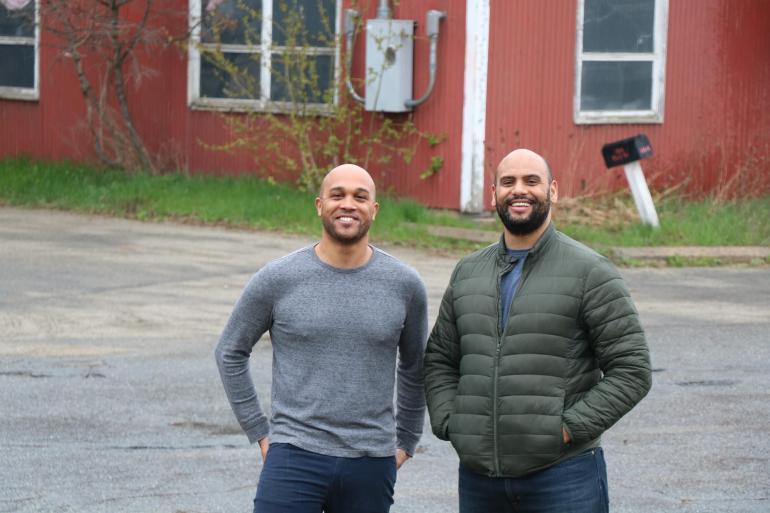 Travis Samuels and Brandon McFarlane belong to a small circle of trendsetters in the market for industrial hemp [Courtesy of IND HEMP]
Travis Samuels and Brandon McFarlane belong to a small circle of trendsetters in the market for industrial hemp [Courtesy of IND HEMP]In theory, industrial hemp has immense prospects due to its versatility. The plant yields edible seeds rich in anti-inflammatory fats. The outer fibre – called bast – can be processed into textiles, bio-fuel and paper.
The bamboo-like inside of the stalk – called hurd – can be harnessed for wood substitutes and even plastics. Hemp’s sustainability also makes it fashionably green. It absorbs carbon, and resists mold, pests, and fire. It can adapt to pretty much any climate. It enriches soil and doesn’t require fertilizers.
Depending on where you plant, there could be more than one harvest a year. Currently, though, there’s no economy of scale to make it worthwhile for the various stakeholders involved.
The supply chain fails because of a chicken and egg conundrum. Put simply, there are not enough middlemen processors like the cousins who can guarantee volume sales for farmers. Therefore big retailers hungry for this eco-product, like Patagonia – which has expressed its desire to source locally and the potential to “create new American jobs” – have to rely on China or other foreign suppliers for the time being.
Processors can fill the gap, however, by guaranteeing a local supply. They buy hemp bales from farmers, cut and clean them, and then sell to the manufacturers who turn the hemp into shirts, cat litter or composite boards.
“How does an industry connect the disconnect between intrigued multinational concerns and a skeptical farmer wondering if it makes sense to add some hemp to their rows?” Jody McGuinness, executive director of the Hemp Industries Association, told Al Jazeera.
The answer, he said, is “more processing capacity.”
Expanding the footprint
McGuinness said such facilities are currently scarce. Being scattered across the country, they can reach only a small number of growers, who need to be within a radius of 50 to 100 miles (80km to 160km). That’s because freight costs are high, due to the weight and bulk of hemp bales.
New ventures springing up are expanding the footprint, however. Among those coming onstream is South Bend Industrial Hemp in Kansas, which opened a processing facility in June, the first in the Midwest.
Hempitecture is looking to build a plant in Idaho to produce HempWool thermal insulation. Hemp Inc has processing centres in North Carolina and Oregon and is scouting more locations in Florida.
Panda Biotech expects its new hemp gin in Texas to be operational later this year. California’s Riverdale Hemp Factory plans to be operational after this summer’s harvest.
These companies are beating the bushes to sign up local farmers, often educating them about a crop they may not know anything about. Interest is growing among struggling dairy and tobacco farmers looking for other uses for their land, especially if they can get agricultural tax incentives to cultivate fallow plots.
But first, the farmers need to be convinced there is a market for them. Having been burned by CBD oversupply, many left the hemp market altogether. High prices of traditional crops like soybeans and corn create less incentive to gamble on fibre hemp. Hemp Benchmarks estimated the amount of all registered hemp acreage plunged last year to 195,000 acres (78,913 hectares), from 430,000 acres (174,015 hectares) in 2020 and 580,000 acres (234,717 hectares) in 2019.
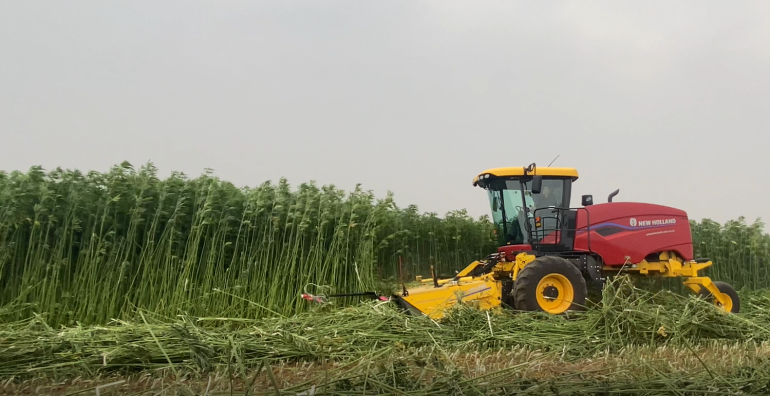 Some industry watchers believe the market for industrial hemp has the potential to be worth billions of dollars [Courtesy of IND HEMP]
Some industry watchers believe the market for industrial hemp has the potential to be worth billions of dollars [Courtesy of IND HEMP]For those geographically close enough who are ready to jump in, one of the biggest players is IND HEMP, which is investing $25m in two facilities in Montana. The family-owned company hopes that the two together can process 20,000 to 40,000 acres (8,093 to 16,187 hectares) of fibre and oilseeds within two years.
So far COO Morgan Tweet has contracted almost 20,000 acres (8,093 hectares) in the last three years between Montana, Oregon and Washington. Potential clients are keen, she said. Since the launch of a pilot-scale fibre facility in 2020, every single customer has called back about the samples she sent to them and wanted to know when they could get a truckload.
Tweet sees a huge opportunity in her vision, arguing that wholesalers who import from abroad would prefer to buy closer to home. Yet this is a slowly maturing industry and the return on IND HEMP’s investment will take time. “This is a marathon, not a sprint,” Tweet told Al Jazeera.
For one, low inventory poses challenges. It takes about up to three years to develop a network of growers, seed stock and infrastructure, Tweet said. One must plant now for the 2023 season, and there’s not enough domestic seed available to supply the demand.
Then there are the substantial transport costs: Many farmers and customers she has spoken with operate hundreds of miles away. The company has commissioned from farmers in a 400-mile (643km) radius in Montana, and supplies customers on both the east and west coasts. They’re hoping to contract acreage in Idaho this year and are considering expanding into the Northwest region. Right now, IND HEMP will have to subsidise freight but that’s not necessarily sustainable in the long-term.
She remains optimistic. Either way, there is no going back.
“Failure is not an option,” she said.

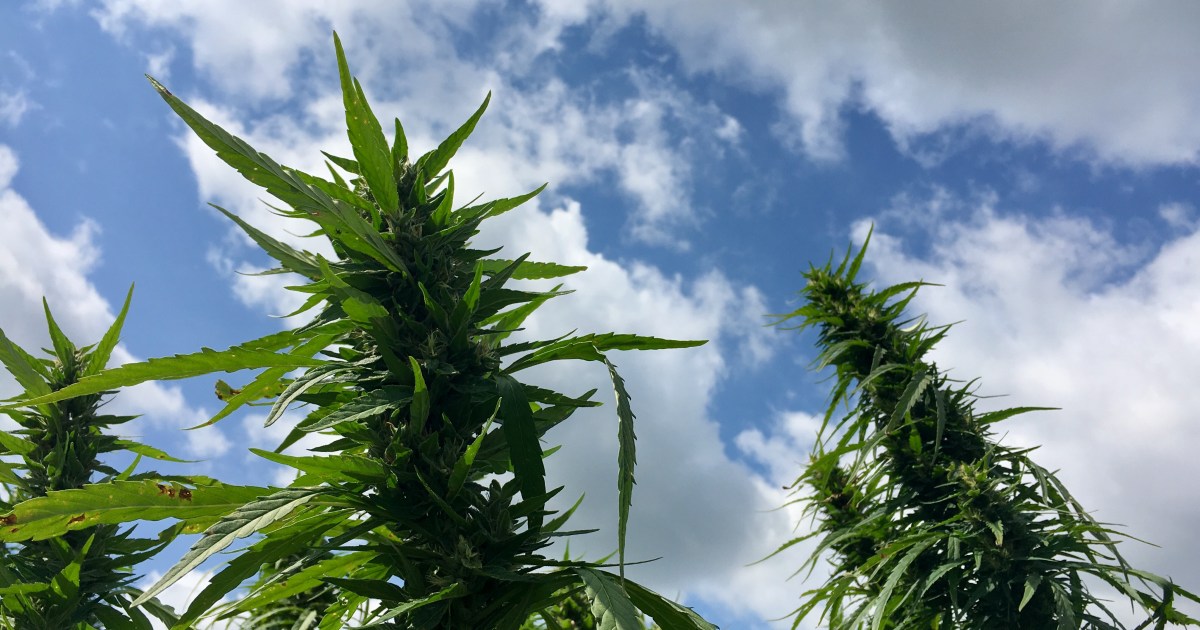
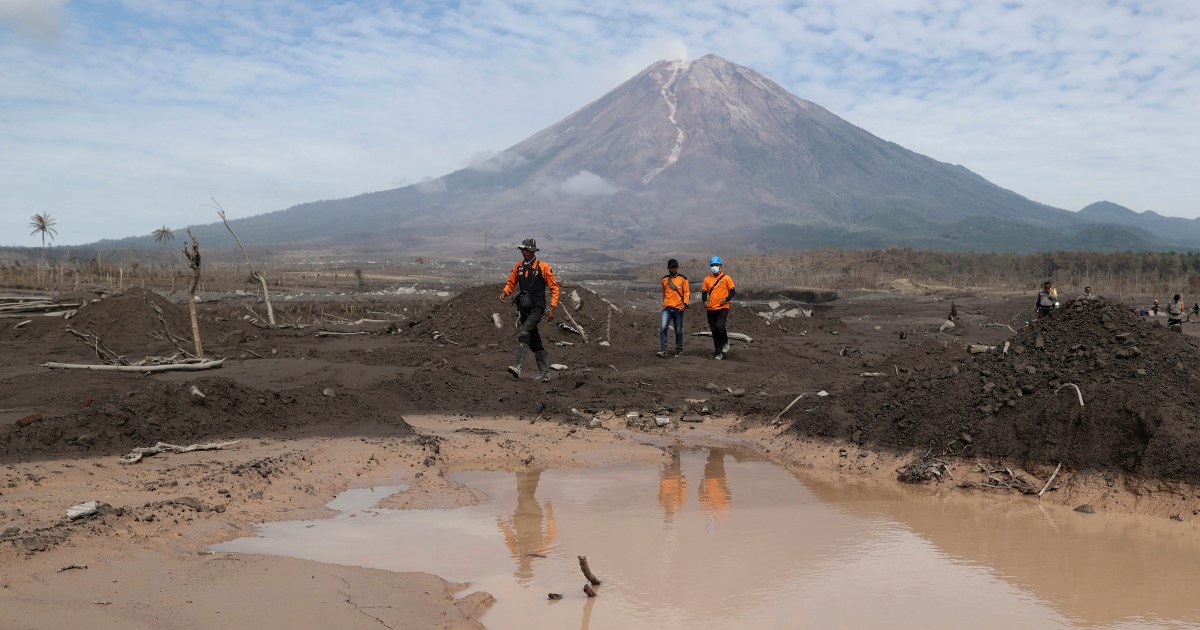
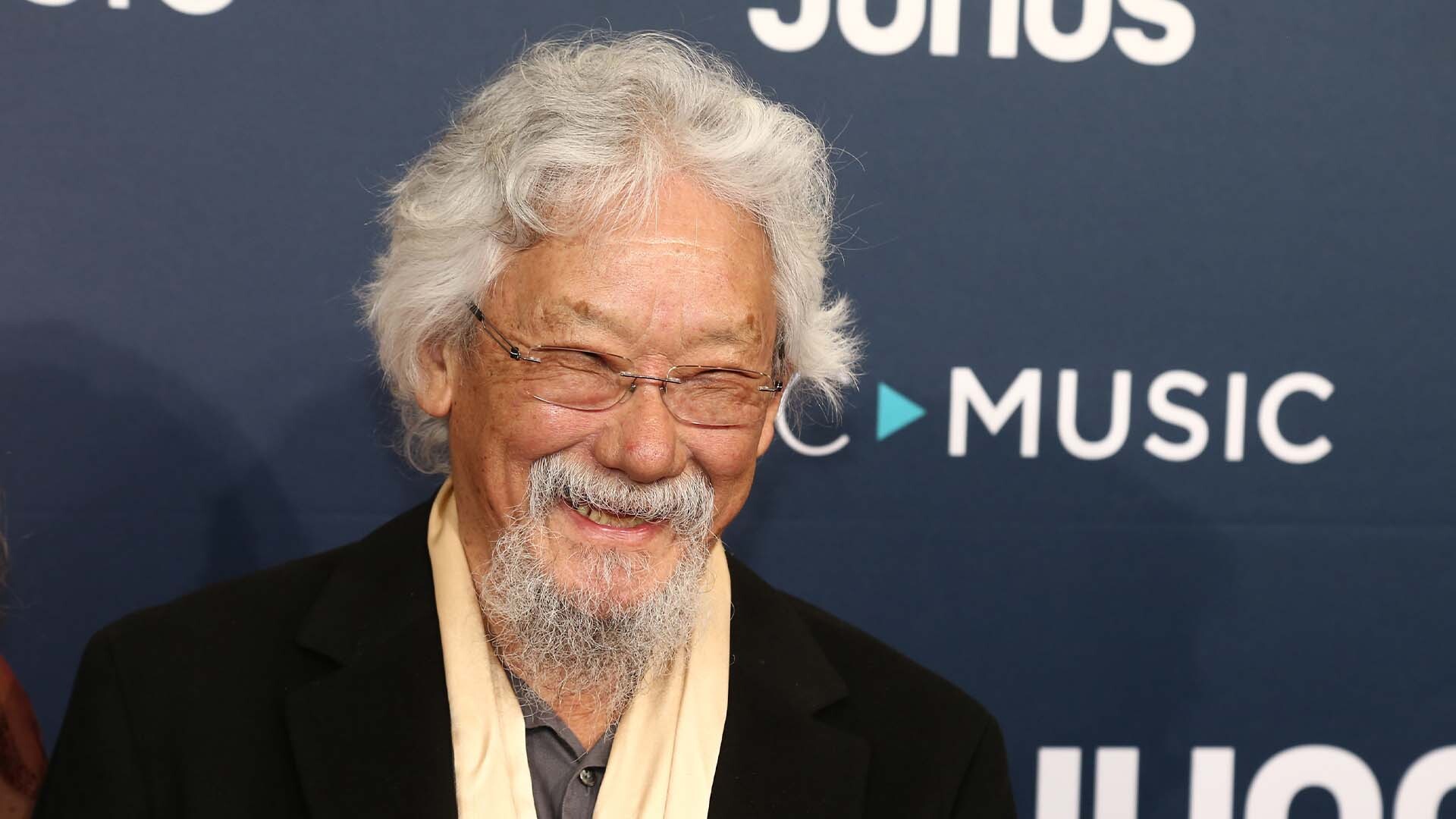

Pingback: โรงแรมเชียงคาน